A true hope of living more sustainably, the balcony solar is a great solution for apartment residents and all other people who don’t have much outdoors space. In a nutshell, balcony solar is a great alternative to fossil fuels and cutting down on electricity bills. This is possible because a solar panel placed on your balcony will give you an opportunity to go green from your house. This article will guide you through all the key features of balcony solar, covering the aspects that are most interesting for potential users.
Table of Contents:
– Understanding balcony solar systems
– Installation and maintenance
– Efficiency and performance
– Cost and incentives
– Environmental impact
Understanding balcony solar systems
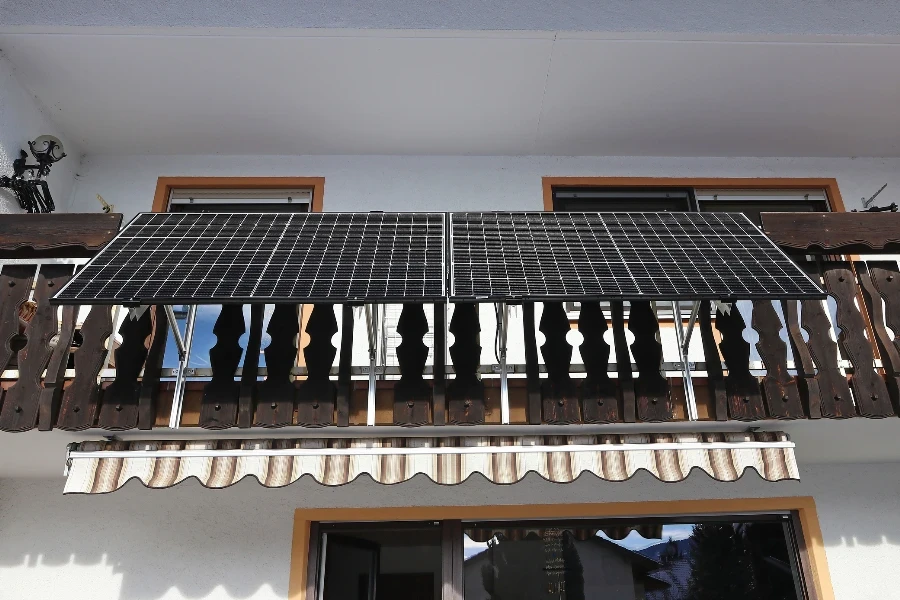
Because balcony solar systems have to cope with the particularities of these small outdoor spaces, the panels tend to be smaller and modular. It’s much easier to fit panels to a balcony than to a roof – you don’t need to transform your railings or walls to make space. Instead, you’ll need some photovoltaic panels to convert sunlight directly into electricity, a power inverter – a part that takes this direct DC power and converts it into the AC power that your home uses – and a mounting system that attaches it all together.
Thanks to their modularity, it is possible to create scalable solar systems in order to adapt them to the orientation of the balcony and to its different sizes, optimising sun exposition. This section delves into the technical aspects and components that allow the system to function: how it is connected to an existing electric network and to the building’s electrical system.
Installation and maintenance
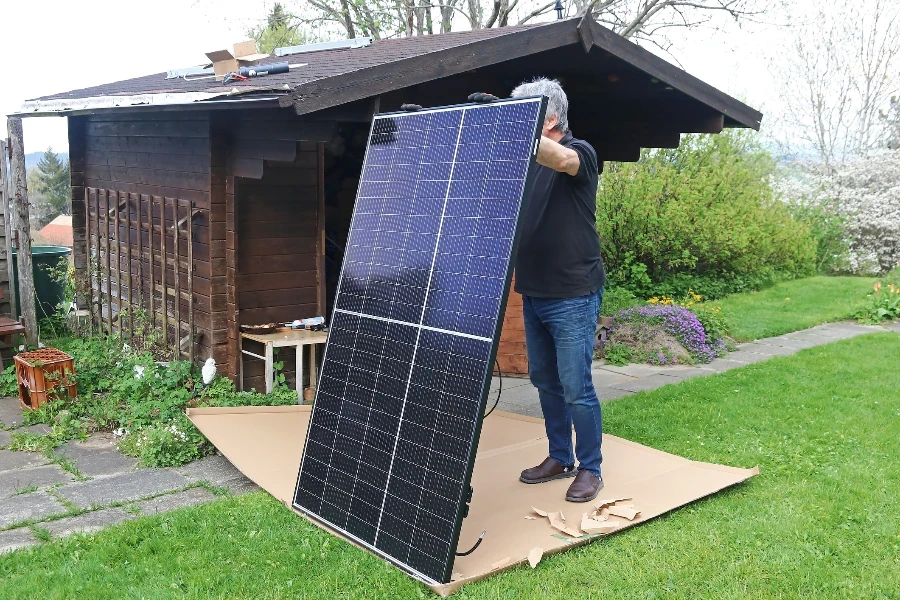
One of the key advantages of balcony solar systems is how easy they are to put together. The vast majority of DIY systems require no special tools for assembly, and the instructions are usually very simple. Once the panels have been attached to the balcony railing or wall, and the inverter plugged in, a standard power outlet will finish the job. The installation can be done in a couple of hours, allowing anyone to go solar.
Because of their exposed location, solar panels on balconies are usually easier to maintain than traditional flat-roof or wall-mounted systems. With the right precautions, the main labour-intensive task of keeping your system running smoothly is cleaning it every few months to remove dust and other debris, which can accumulate on the panels and reduce the amount of light reaching the cells, so they are unable to operate at peak efficiency. This section offers specific guidance on what to do to look after your system, including safety measures and cleaning frequency.
Efficiency and performance
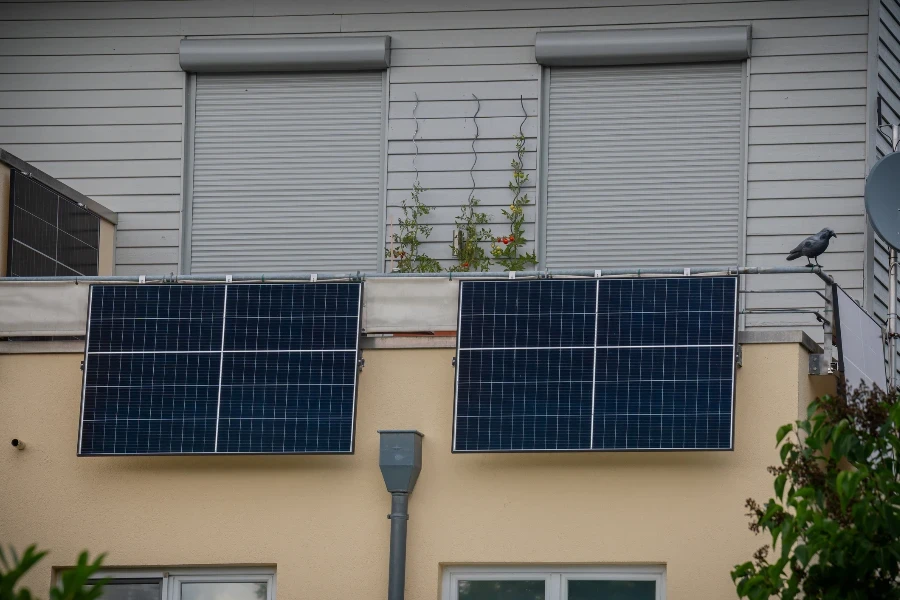
However, in recent years, the efficiency of balcony solar panels has increased quite a bit with the development of photovoltaic (PV) technology, in which a higher number of photons get transformed into usable electricity. Several performance factors such as balcony orientation with respect to the sun, shading caused by surrounding buildings and the local climate are important for the output of the system.
This section contains information on how to maximise the efficiency of your balcony solar system. The presentation starts with ideas on the best orientation of the panels and continues with the effects of weather on the production of electricity. The text is supported by real-life examples on the expected amount of energy you can get from your system in different circumstances.
Cost and incentives
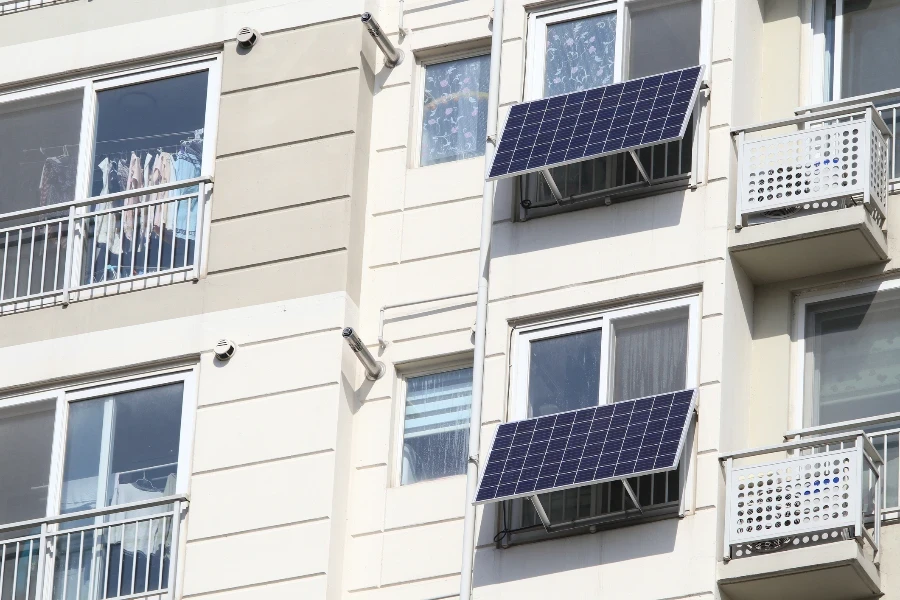
This is the first price users have to consider when thinking about getting a balcony solar system. The price has gone down in recent years when solar energy becomes available to more and more people, but it still needs some financial planning. In this section, it will explain how much it costs to buy and install a balcony solar system. It will talk about the prices of components and possible charges for installations.
Governments and utilities often provide incentives or rebates that bring down both the price and the energy payback period of a balcony system dramatically. This part of the article describes available financial incentives in different regions, offering guidance as to how to make use of these incentives and bring down the price of solar to more affordable levels.
Environmental impact
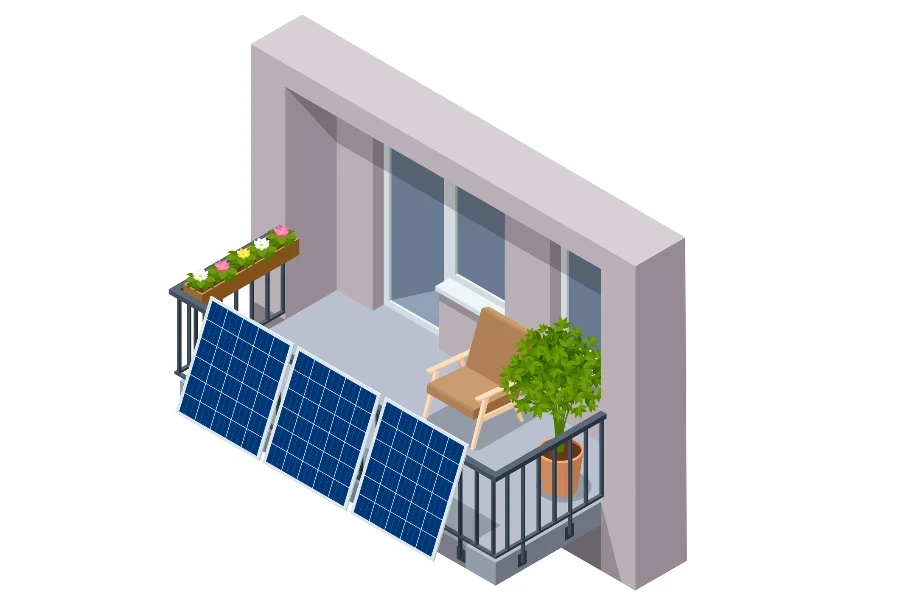
Balcony solar is an important way in which we can take the first step towards a greener future; a smaller carbon footprint and adoption of renewables. This part also touches upon the environmental benefits that can be afforded to the planet through balcony solar systems. These include a reduction in green house emissions and conservation of natural resources. Switching to solar energy is one of the most effective ways in which people can contribute towards combating a climate change, and support a cleaner, greener movement.
This also leads to environmental benefits by taking people beyond their own personal bottom line and into collective societal change towards sustainability. This deliberation can guide readers to think about the longer-term positive impacts that integrating balcony solar into their energy mix can have.
Conclusion:
For urban residents eager to transition to renewable energy sources, balcony solar could be the answer. This guide provides an overview of balcony solar, outlining the process of installation, maintenance, efficiency, cost and environmental impact, and shows how this technology could help make the switch to a green energy future. Balcony solar is a great answer to how urban residents could transition to renewable energy By understanding how to install and maintain a balcony solar system, how efficient these systems are, what it will cost to run one and how balcony solar affects the environment, you take the first steps to using your balcony to harness solar power in limited spaces. Balcony solar is a great answer to how urban residents could transition to renewable energy. As technology is being modified and improved, more and more people will be installing solar panels on their balconies or rooftops. This could lead to a new energy future based on a more sustainable mechanism.




